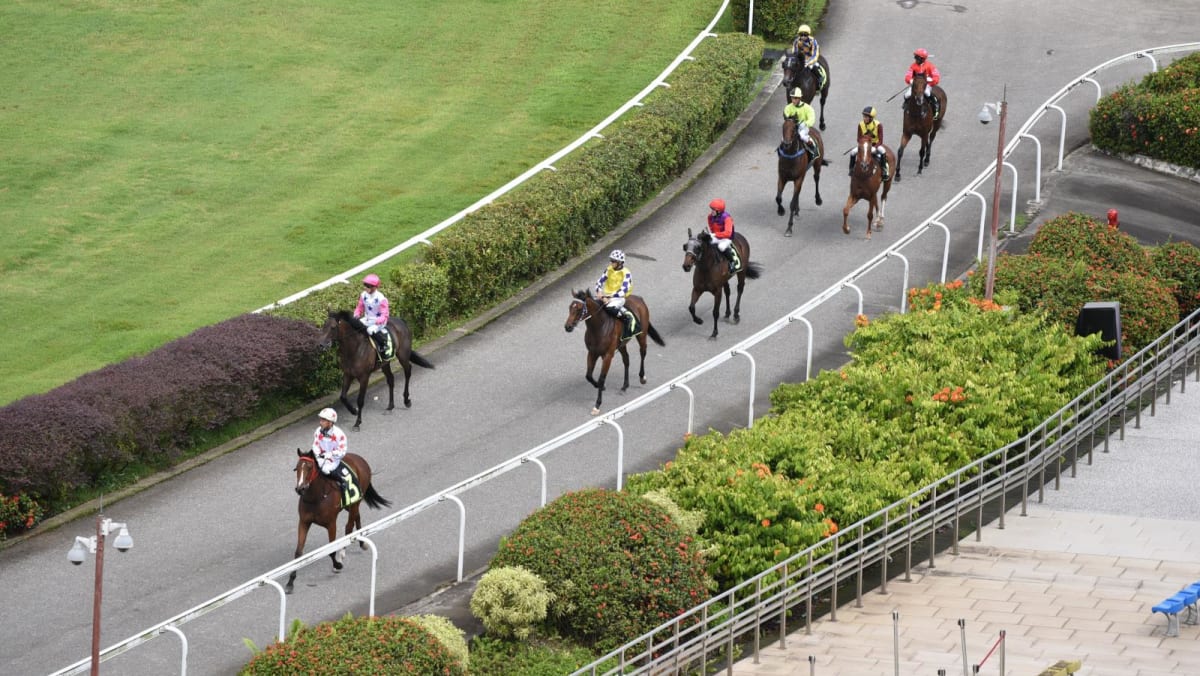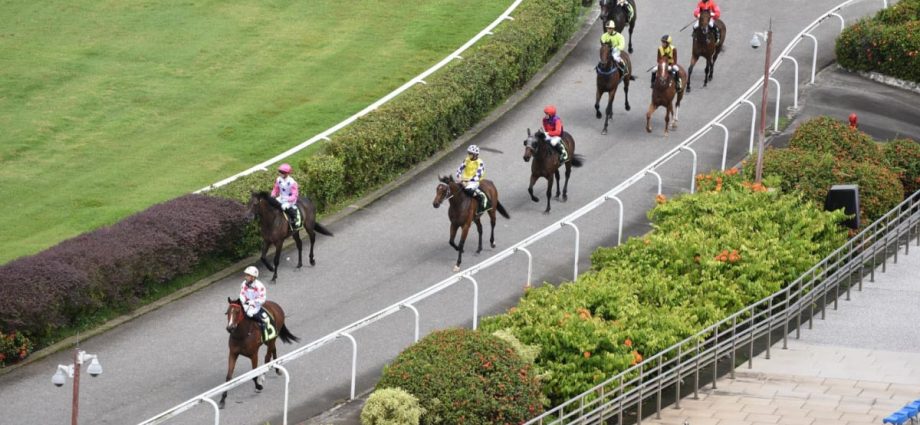
CAN’T THE HORSES STAY IN SINGAPORE?
Asked if stables in Singapore could take in the horses, Mr Jason Lim and fellow trainer Richard Lim pointed to space constraints.
“Whether they can take in our retired horses, they may (be able to). But whether they want or not, that’s another issue,” said Mr Richard Lim.
Then there are horses aged three or four which are too young to retire and “very fit”, said Mr Jason Lim, adding that they would “still want to race on”.
Local stables that spoke to CNA shared that they couldn’t accommodate more horses at this time. But some said it was possible for off-the-track thoroughbreds – trained to race but no longer actively doing so – to be retrained for a “second career” in riding schools.
“Well, horses come and go. Sometimes horses are retired, sometimes they’re exported. But in a couple of years time, I can’t really tell you what’s going to be happening,” said Ms Monique Heah, secretary-general of the Equestrian Federation of Singapore.
“We can take a couple more, but not like 700.”
The National Equestrian Centre – the riding school housed under the federation – is currently “running at about full capacity”, she said.
The Singapore Polo Club’s honorary secretary, Mr Rickard Hogberg, also told CNA that the club has no space for more horses at the moment.
Ms Heah said the National Equestrian Centre has two employees who could teach trainers how to retrain racehorses to become dressage horses, show jumpers or even endurance riding horses.
Dressage is a sport where a rider gets a horse to execute precise movements.
“Racehorses … what they have to do is very different from the equestrian sport. So we settle them down. It takes a while … anywhere from three to six months to settle a horse into a different profession,” said Ms Heah.
“We don’t do the galloping so much; we bring them down to dressage first … And when we find that some are quite talented in jumping, they go into that.
“There’s some sort of process that is required to bring them down from racing to sport riding.”

